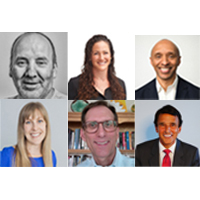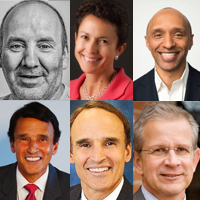By Robert Pearl, MD
 The goal of the Affordable Care Act, also known as “Obamacare,” is to make affordable, quality health care coverage available to more Americans. But how many physicians will America need to satisfy this new demand?
The goal of the Affordable Care Act, also known as “Obamacare,” is to make affordable, quality health care coverage available to more Americans. But how many physicians will America need to satisfy this new demand?
The debate over doctor supply rages on with very little conclusive evidence to prove one case or the other.
Those experts who see a shortage point to America’s aging population – and their growing medical needs – as evidence of a looming dearth in doctors. Many suggest this shortage already exists, particularly in rural and inner city areas. And still others note America maintains a lower ratio of physicians compared to its European counterparts.
This combination of factors led the American Association of Medical Colleges to project a physician shortage of more than 90,000 by 2020.
On the other side of the argument are health policy experts who believe the answer isn’t in ratcheting up the nation’s physician count. It’s in eliminating unnecessary care while improving overall productivity.
The solution, they say, exists in the shift away from fee-for-service solo practices to more group practices, away from manually kept medical records to electronic medical records (EMR), and away from avoidable office visits to increased virtual visits through mobile and video technologies. Meanwhile, they note physicians could further increase productivity by using both licensed and unlicensed staff, as well as encouraging patient self-care where appropriate.
The Doctor Divide: Global And Domestic Insights
Among the 34 member countries of the Organization for Economic Co-operation and Development (OECD), the U.S. ranks 30th in total medical graduates and 20th in practicing physicians per 1,000 people.
Despite these pedestrian totals, there is one area where the U.S. dominates. It ranks first in the proportion of specialists to generalists – and there’s not a close second.
These figures don’t resolve the debate on America’s need for physicians but they do reveal an important rift in the ratio of U.S. specialists to primary care practitioners.
Continue reading…













